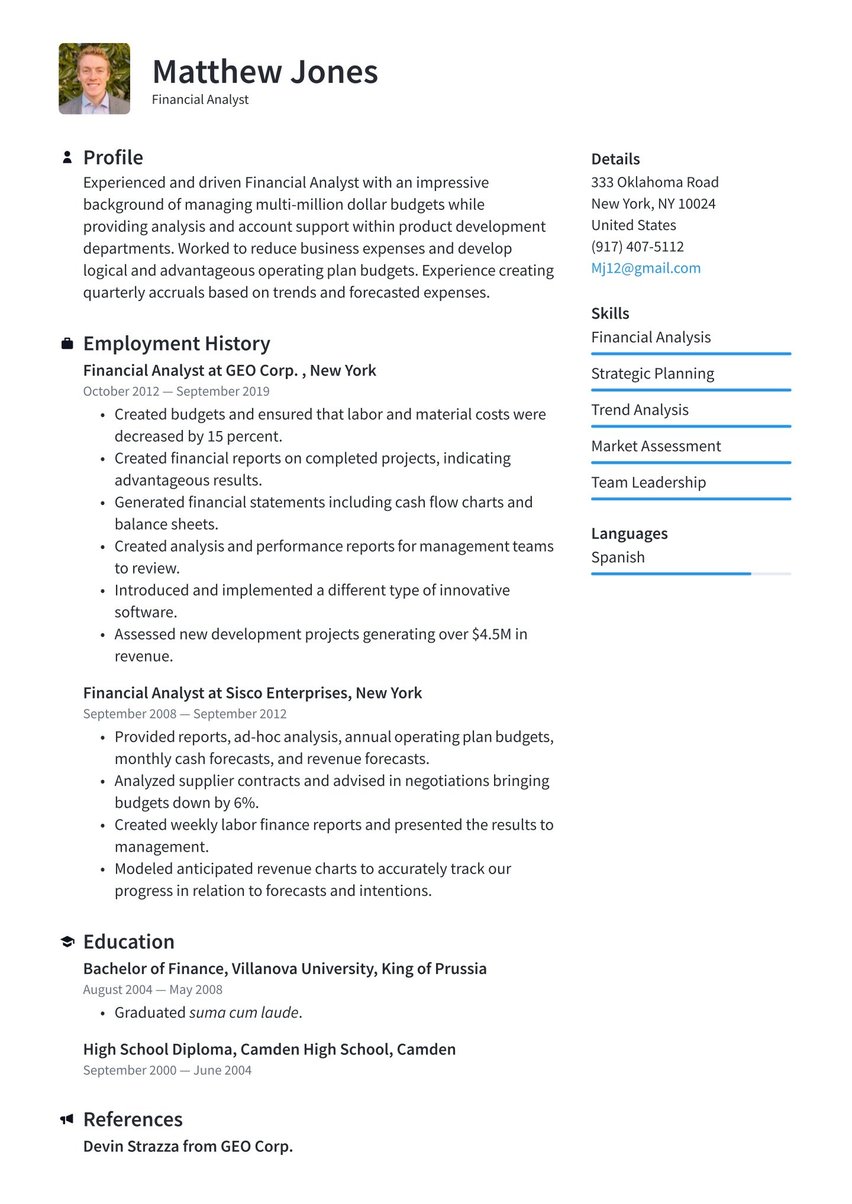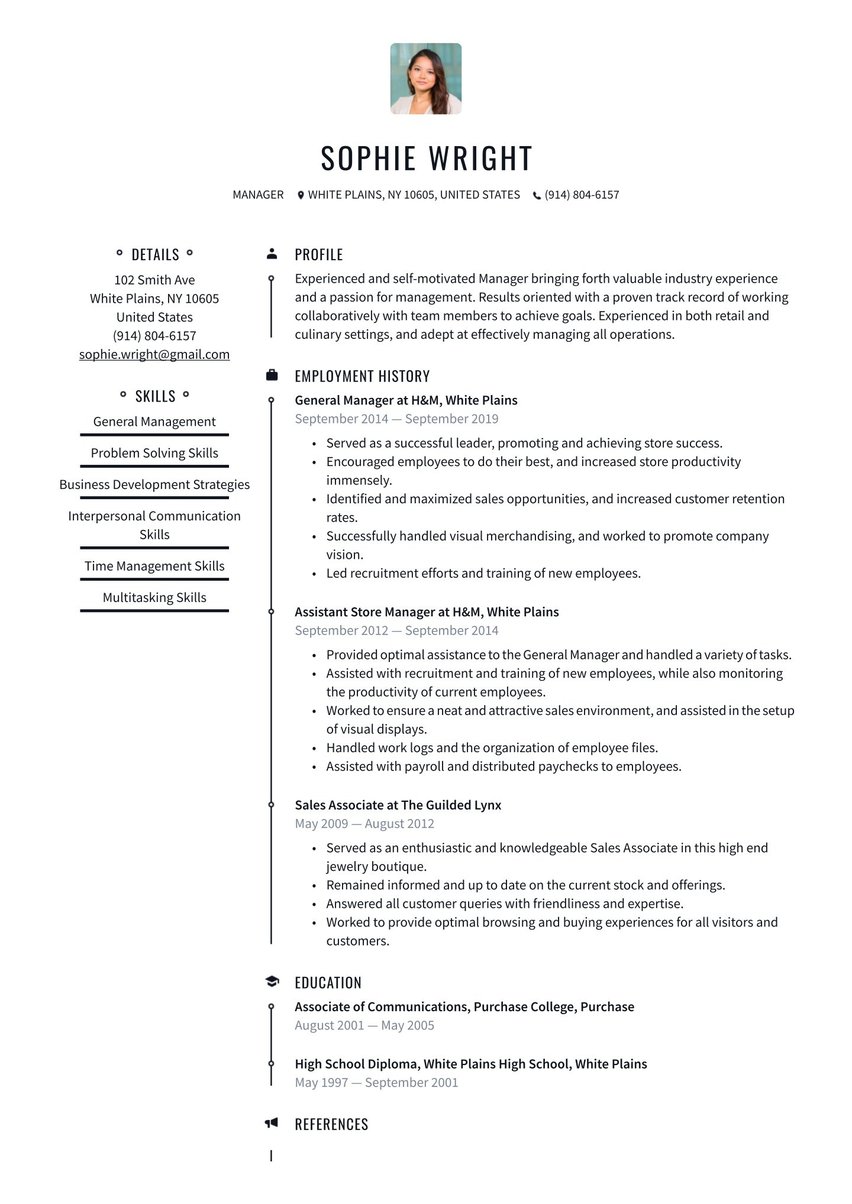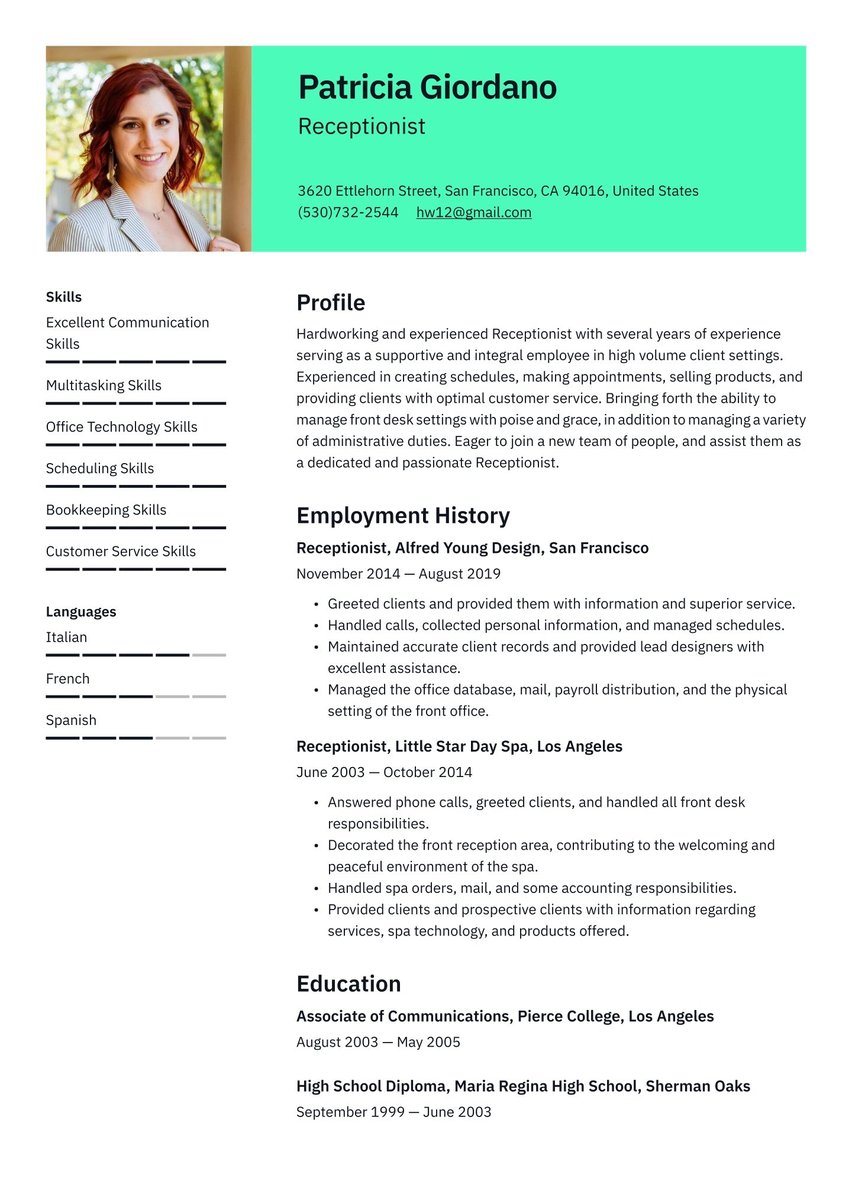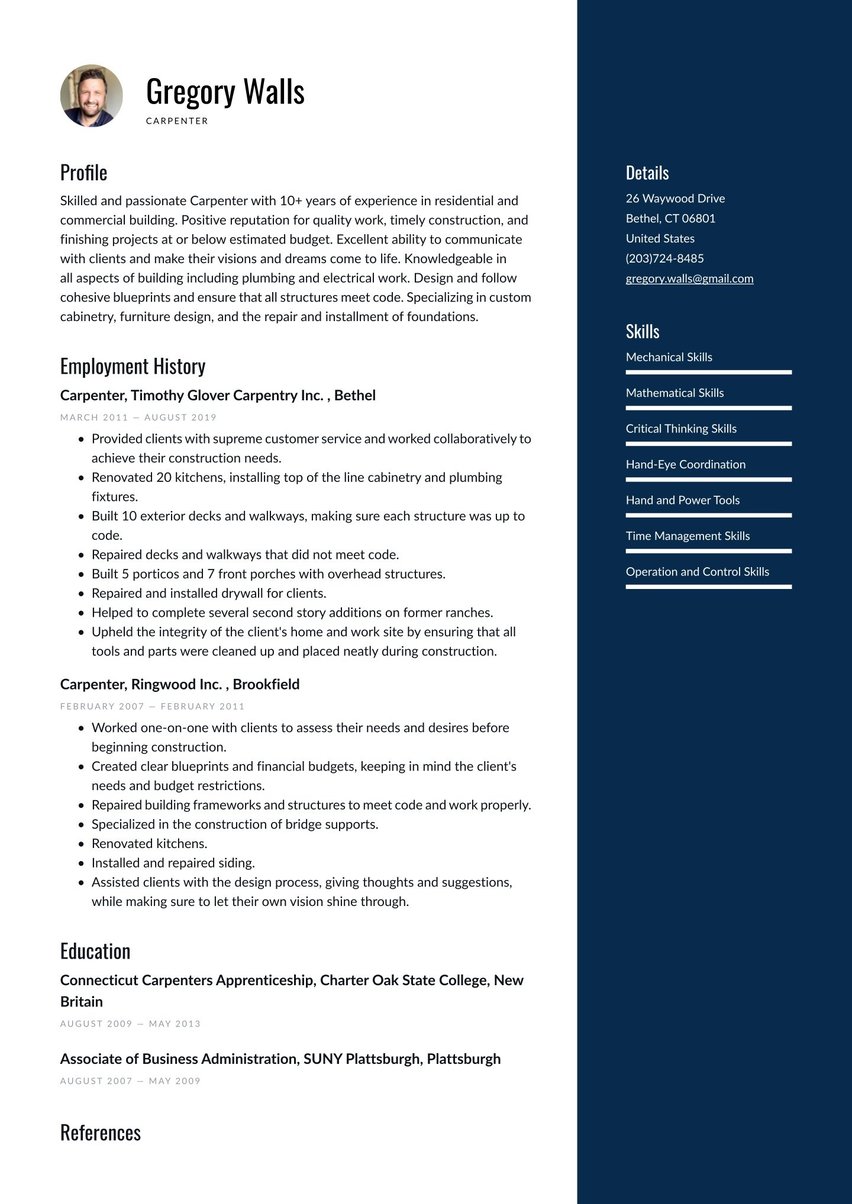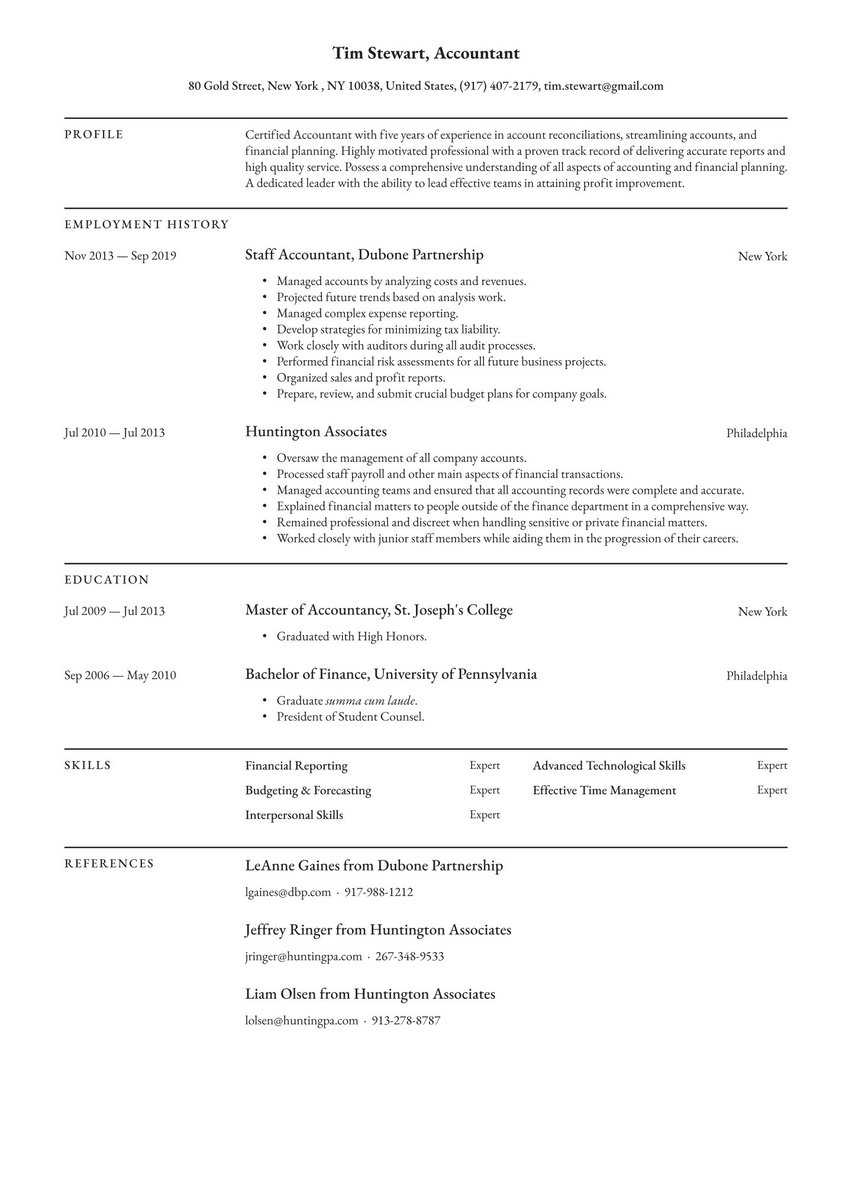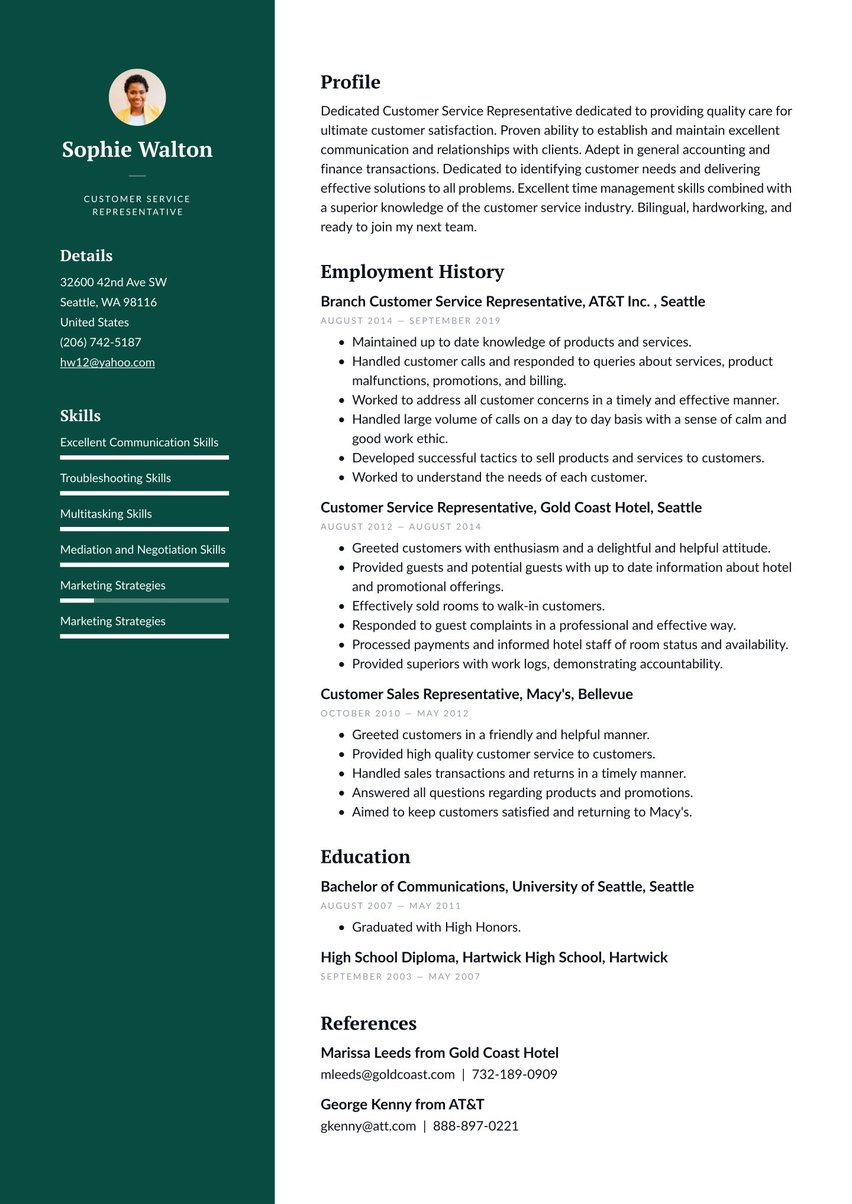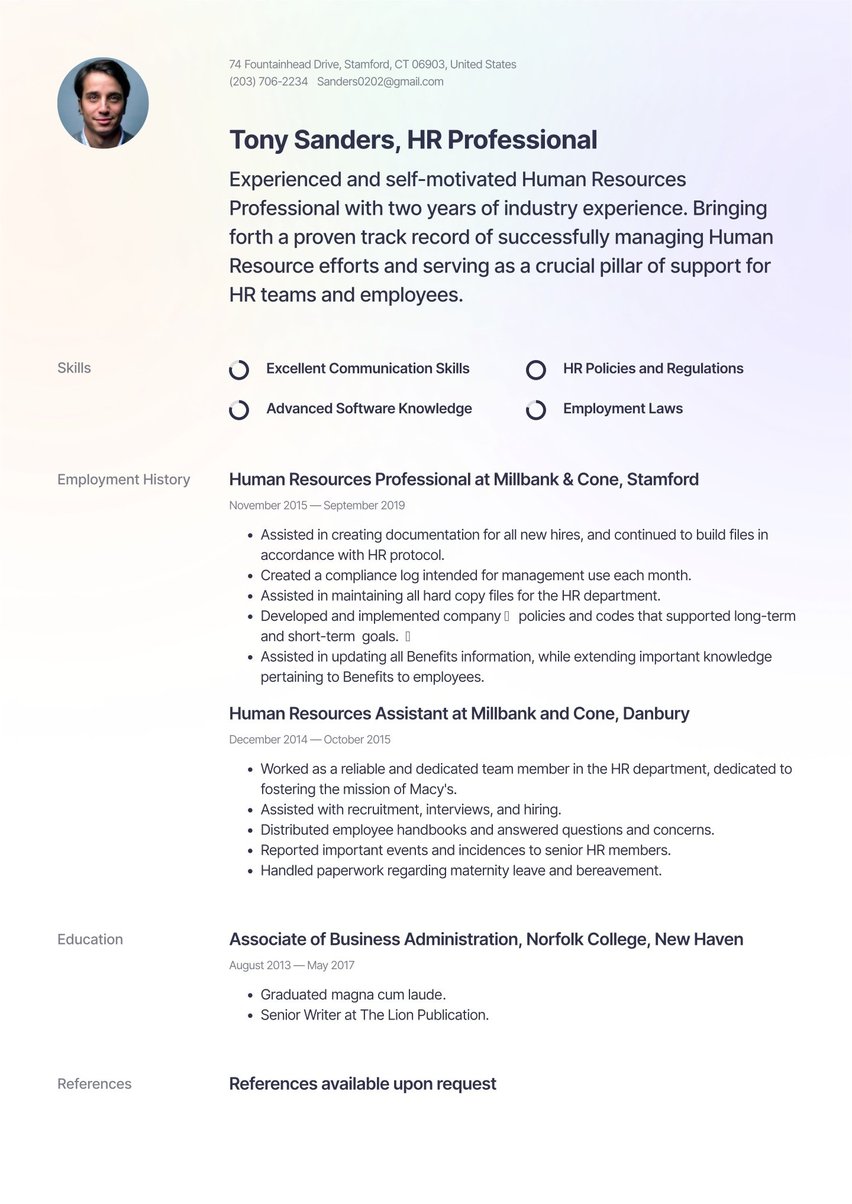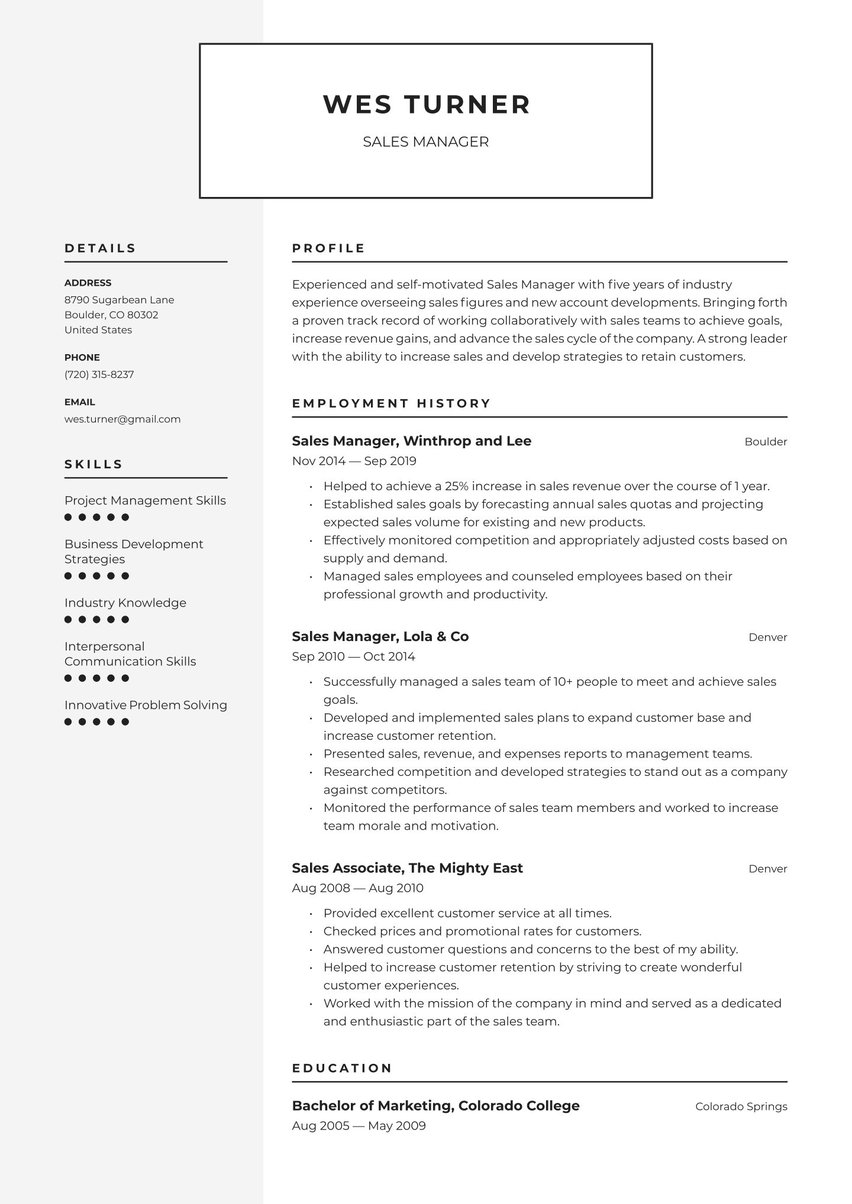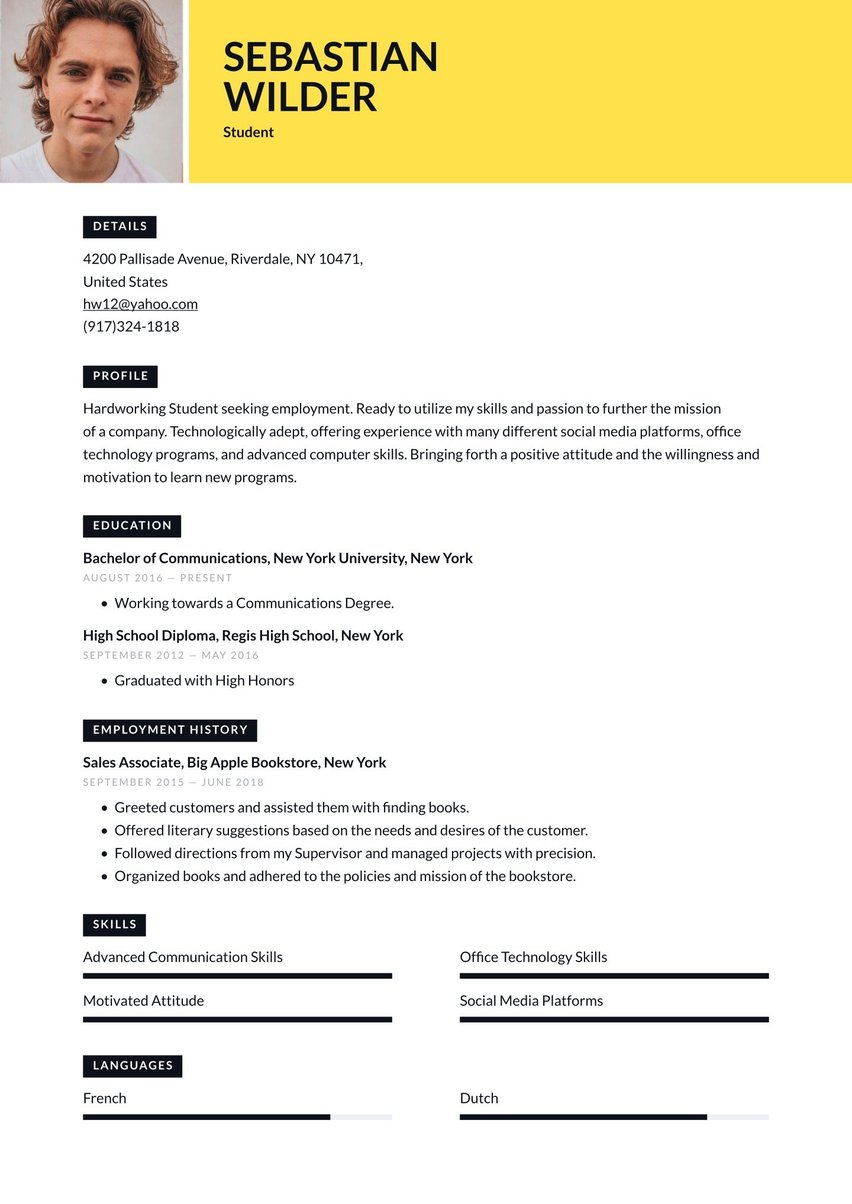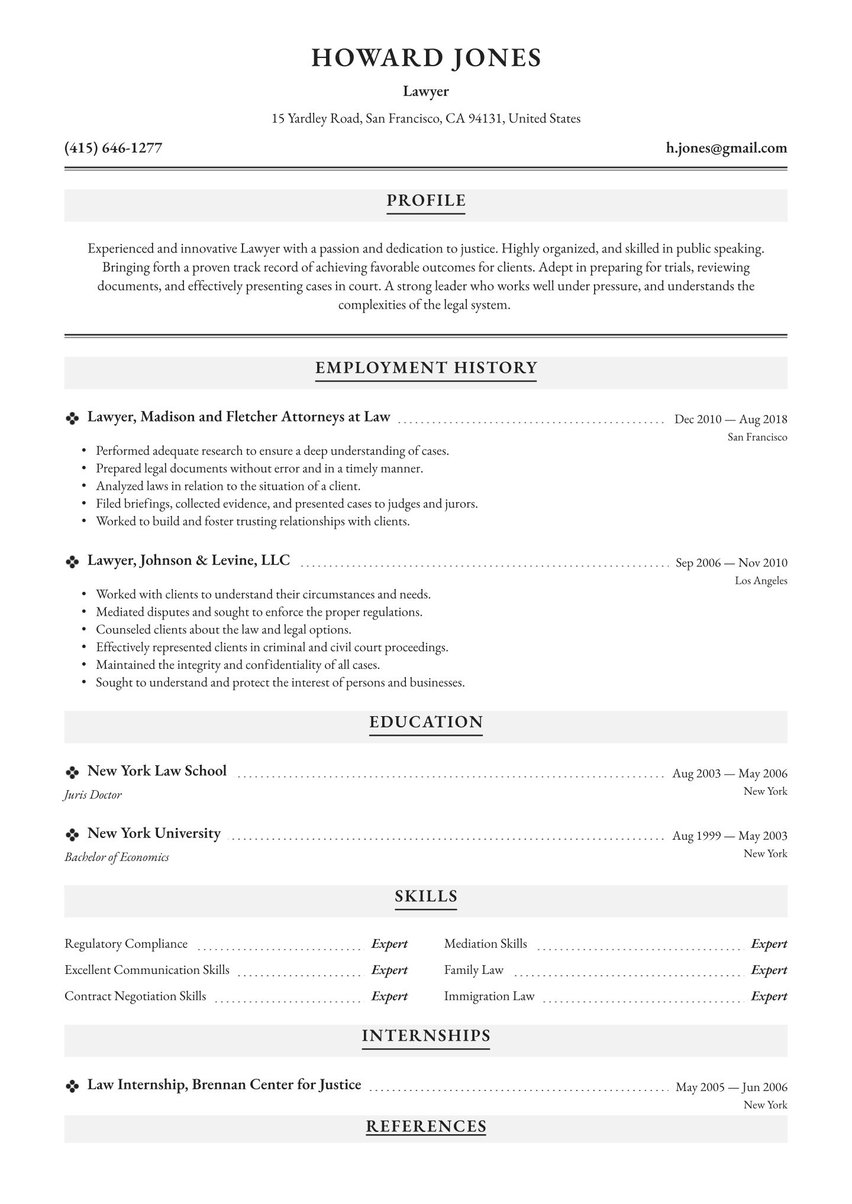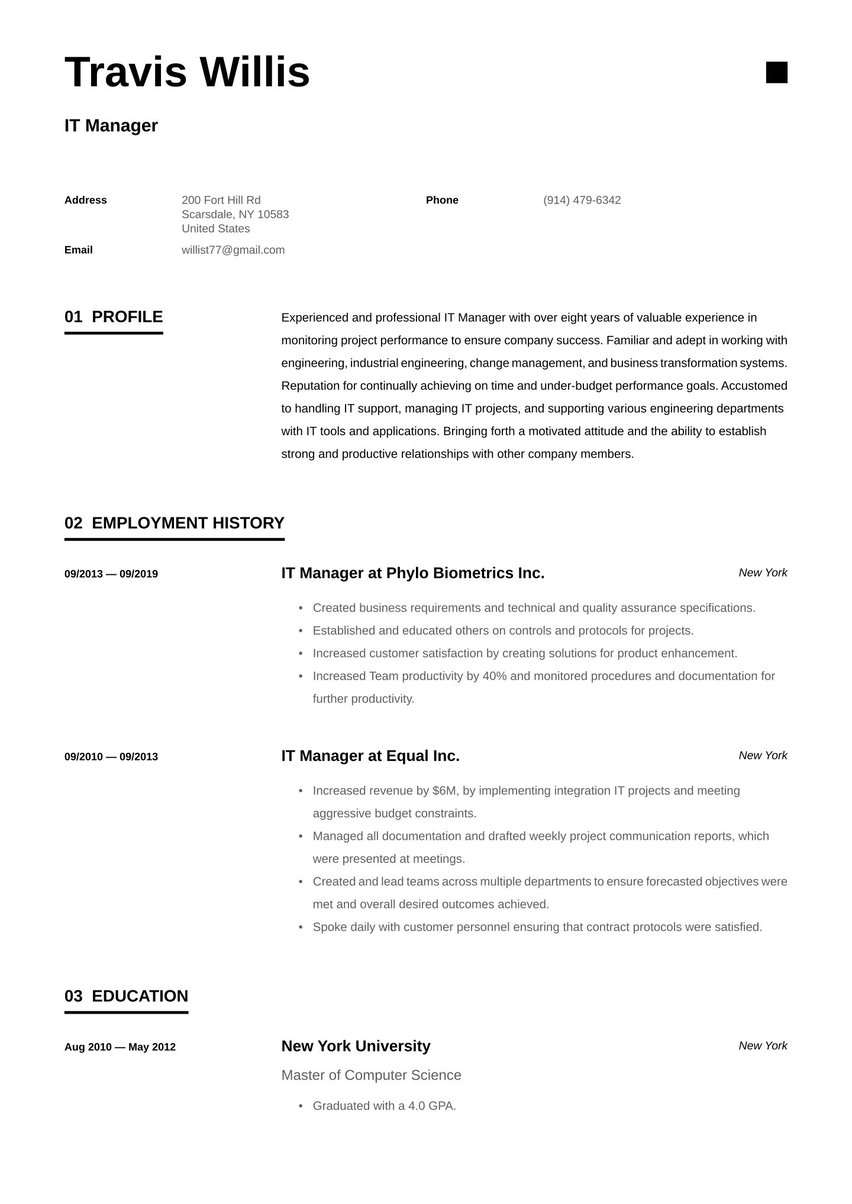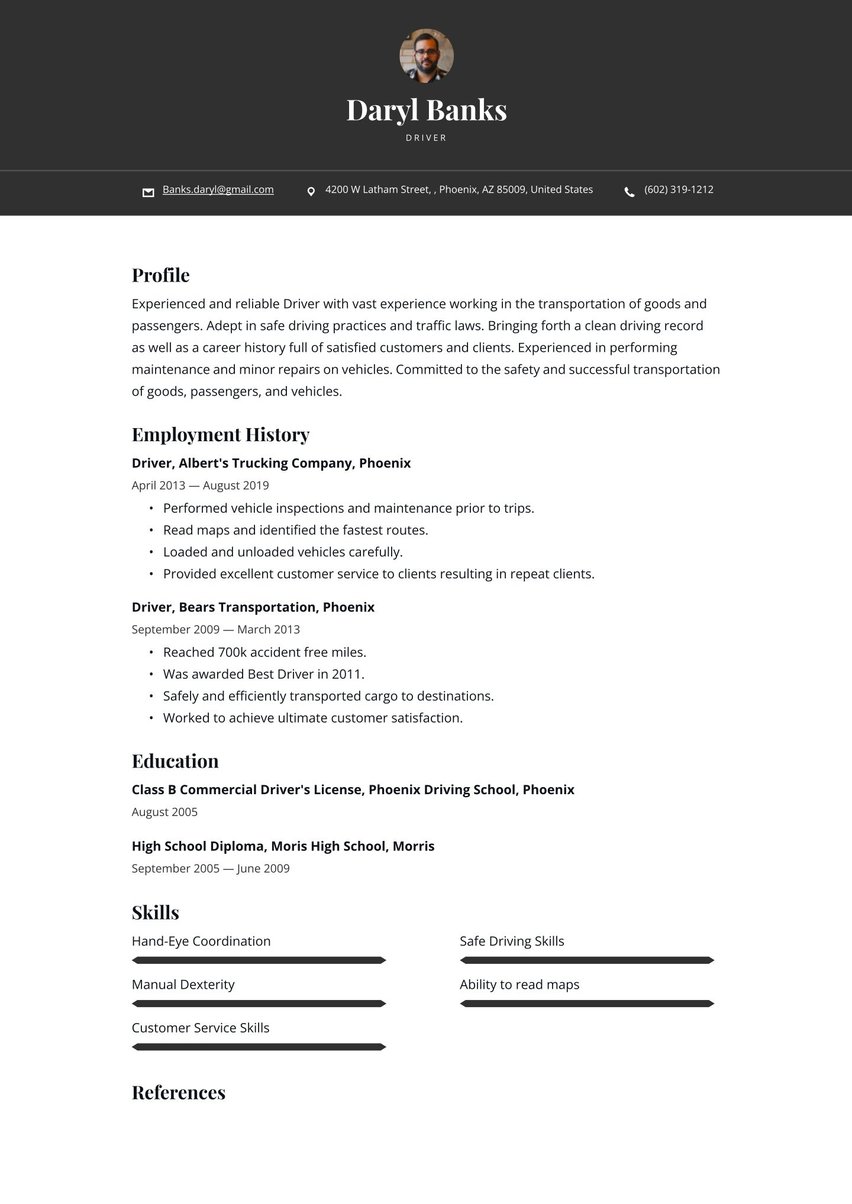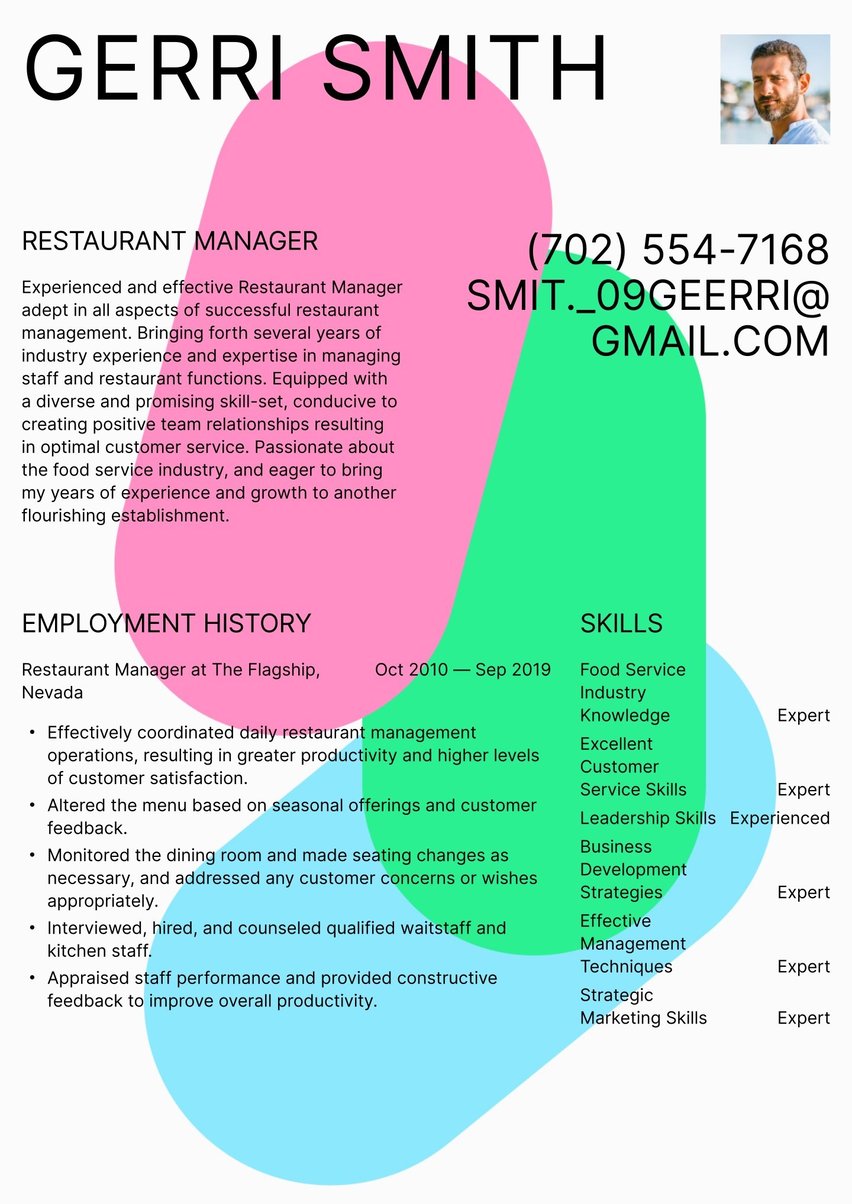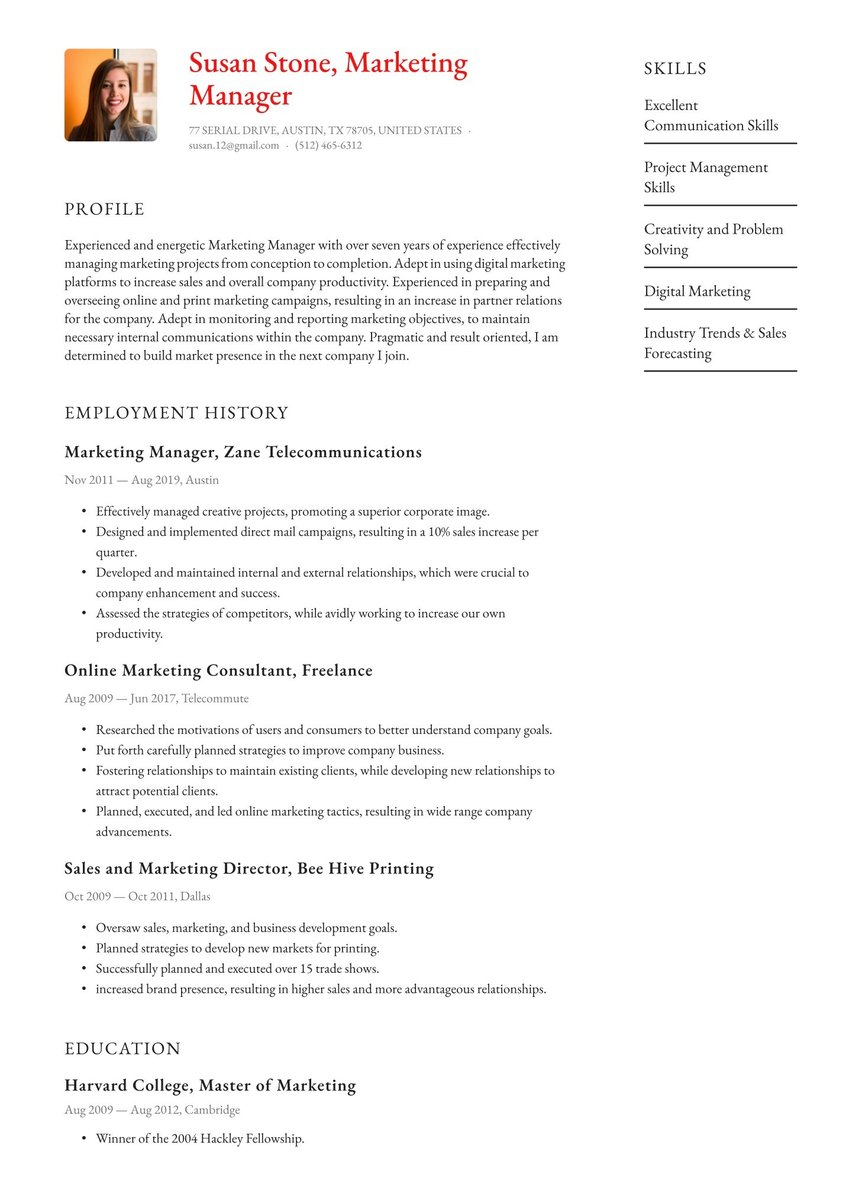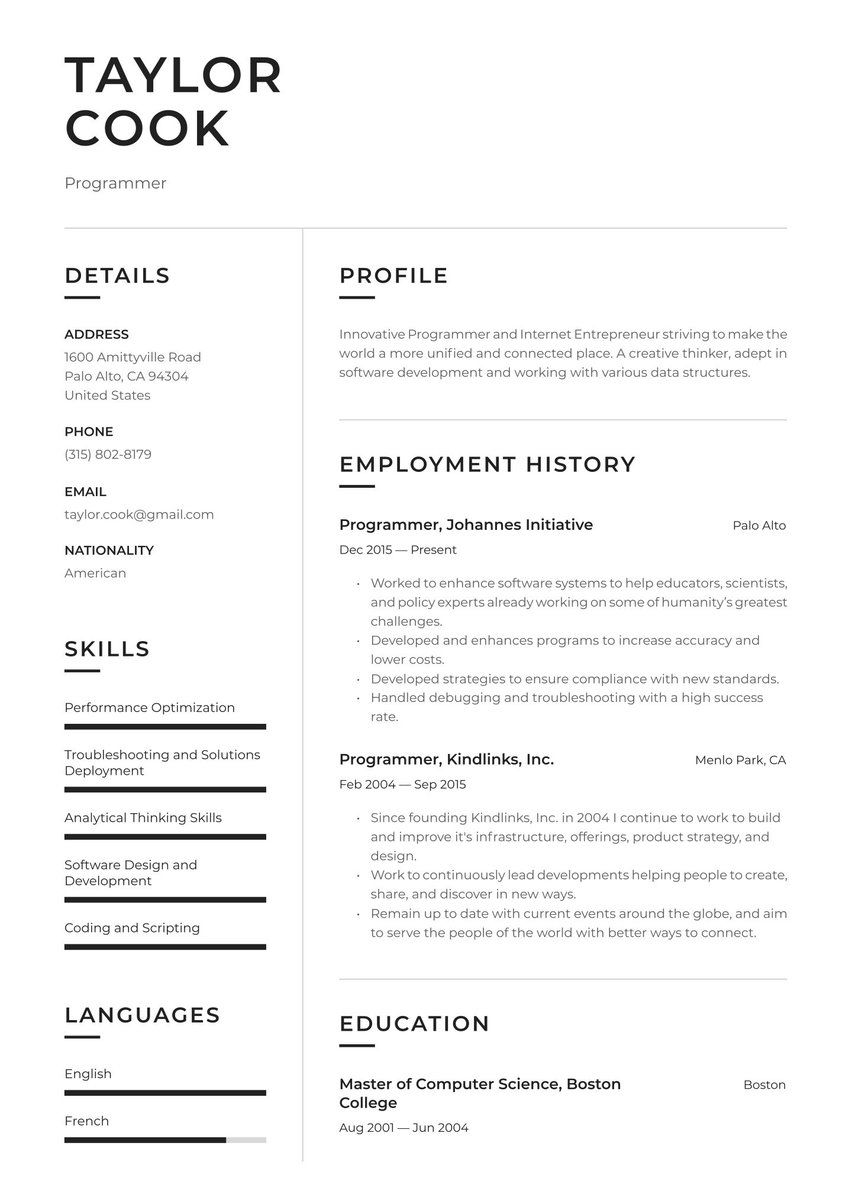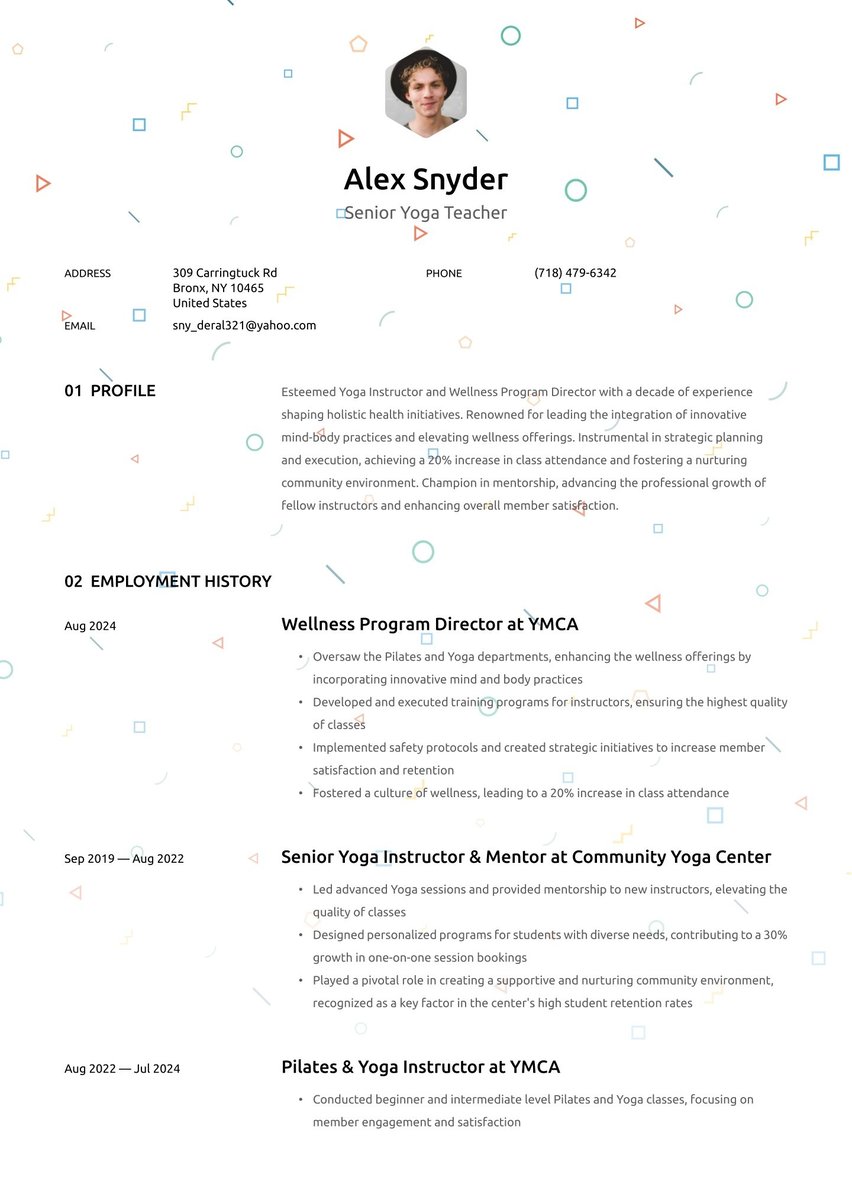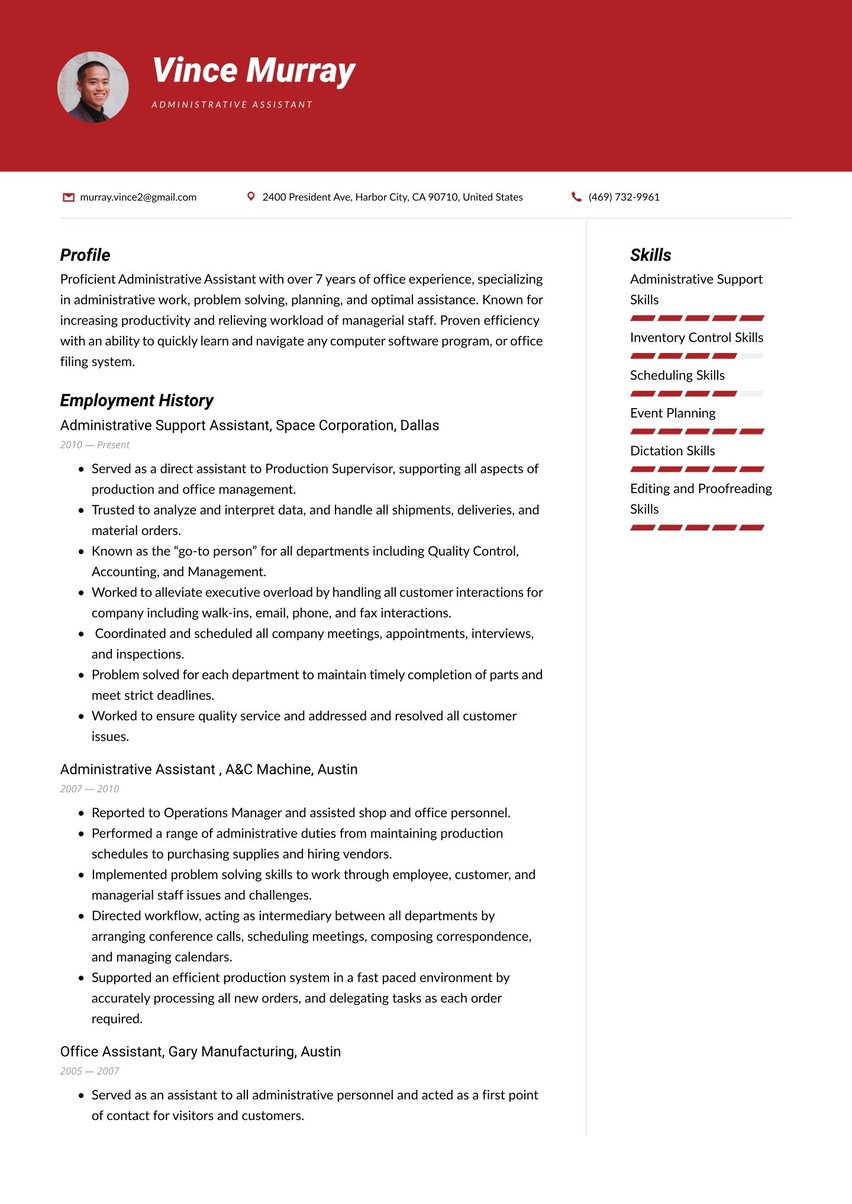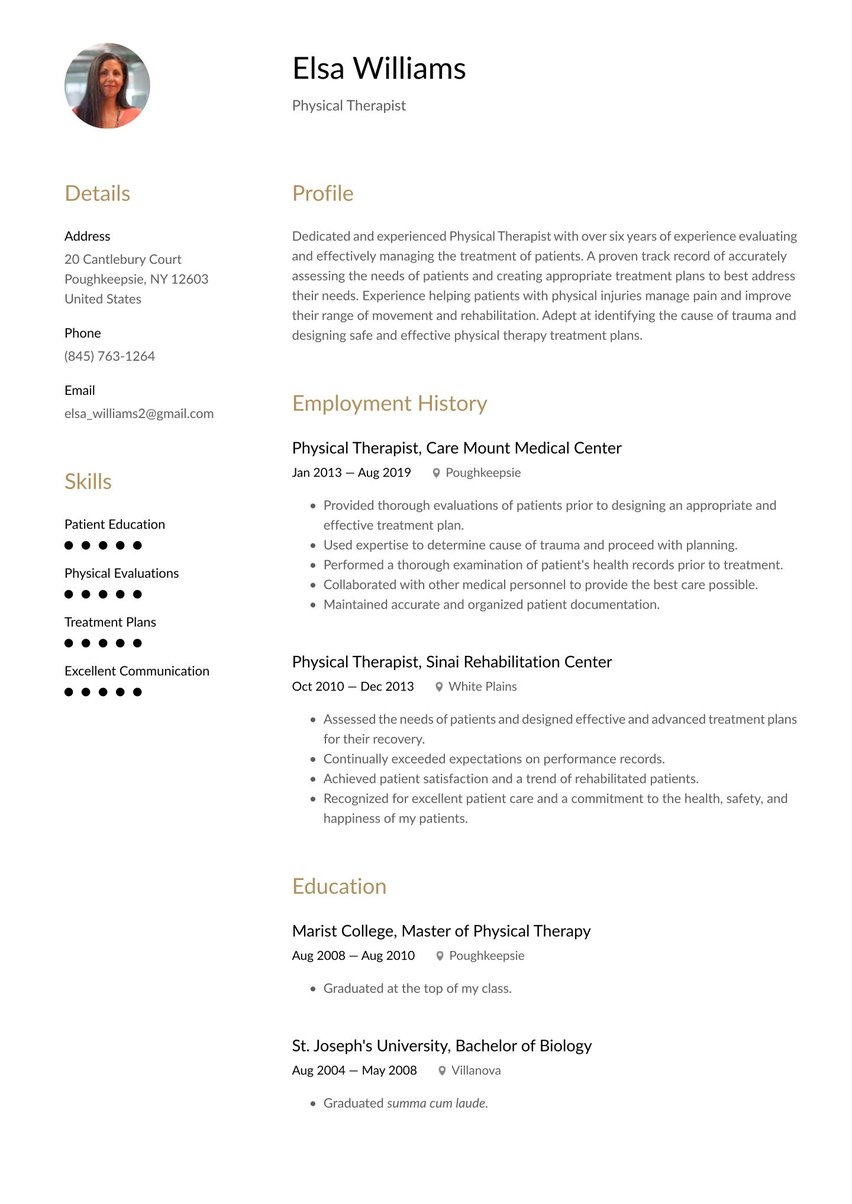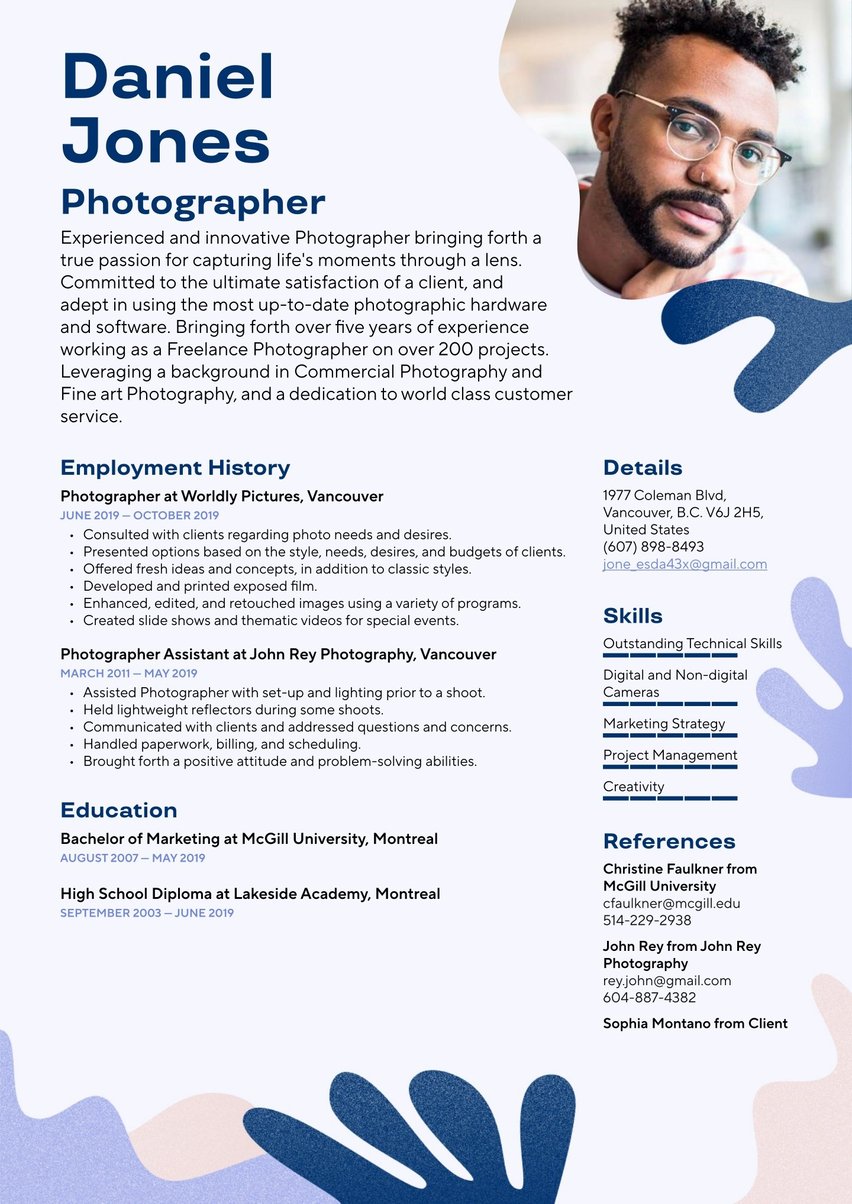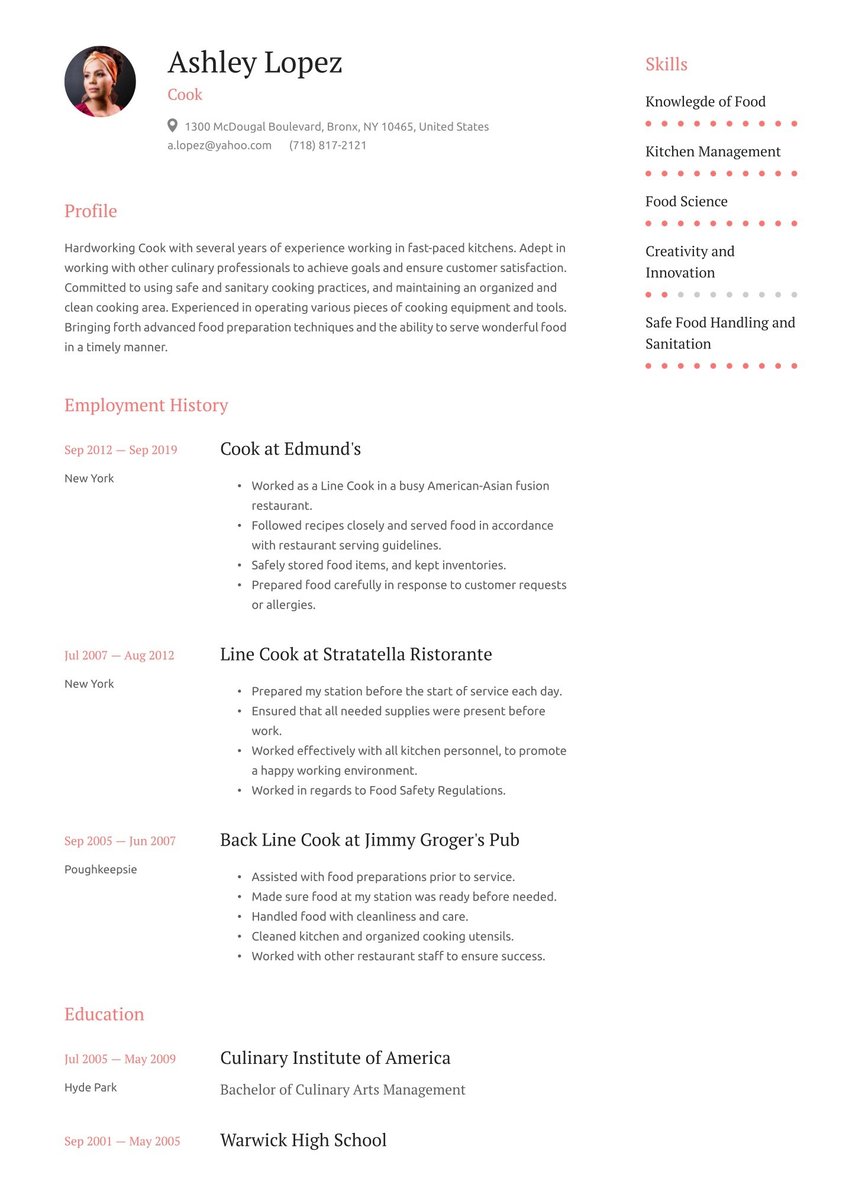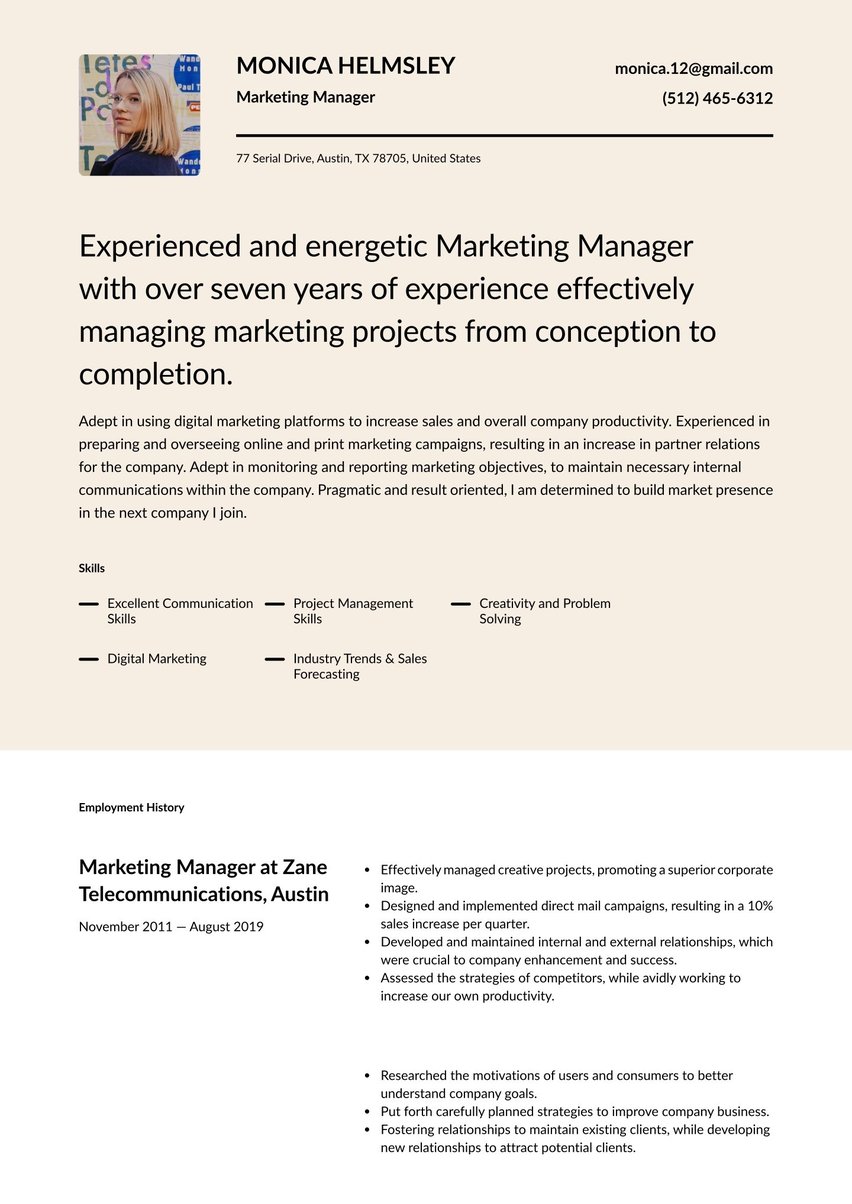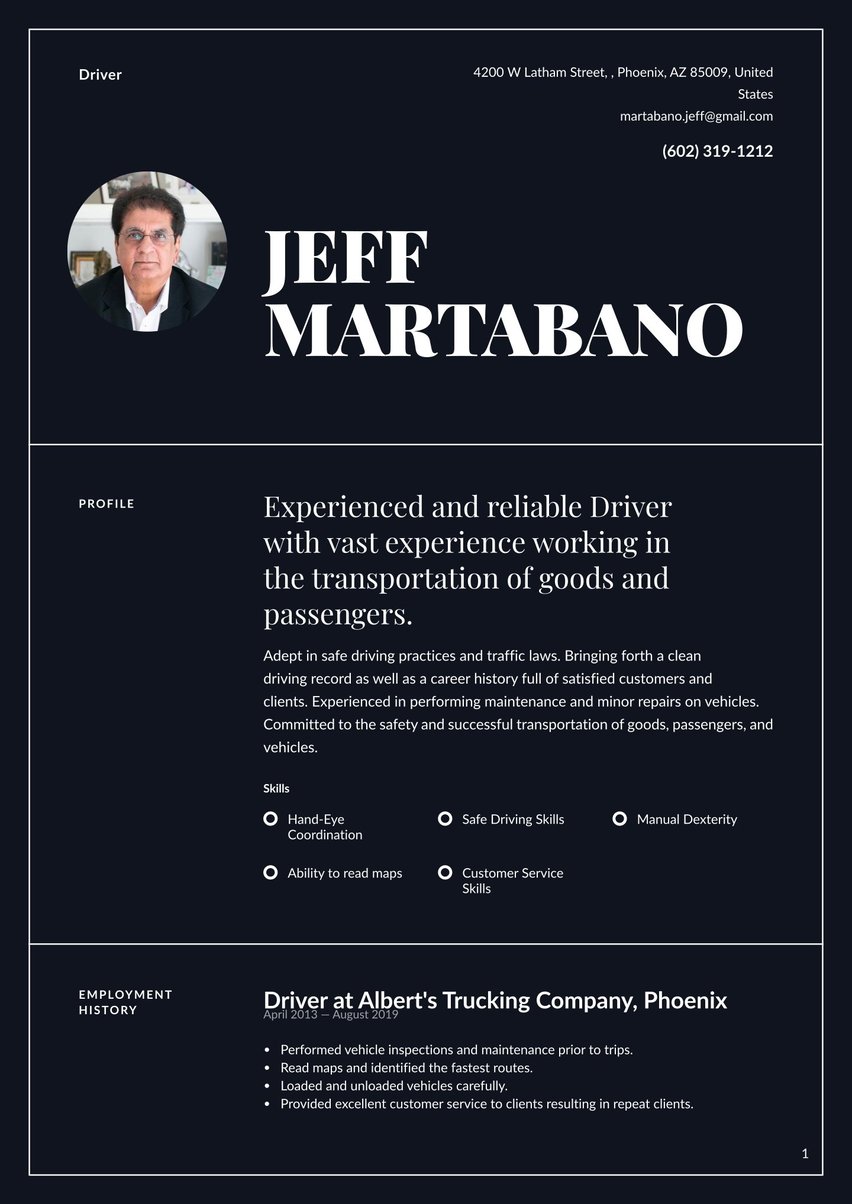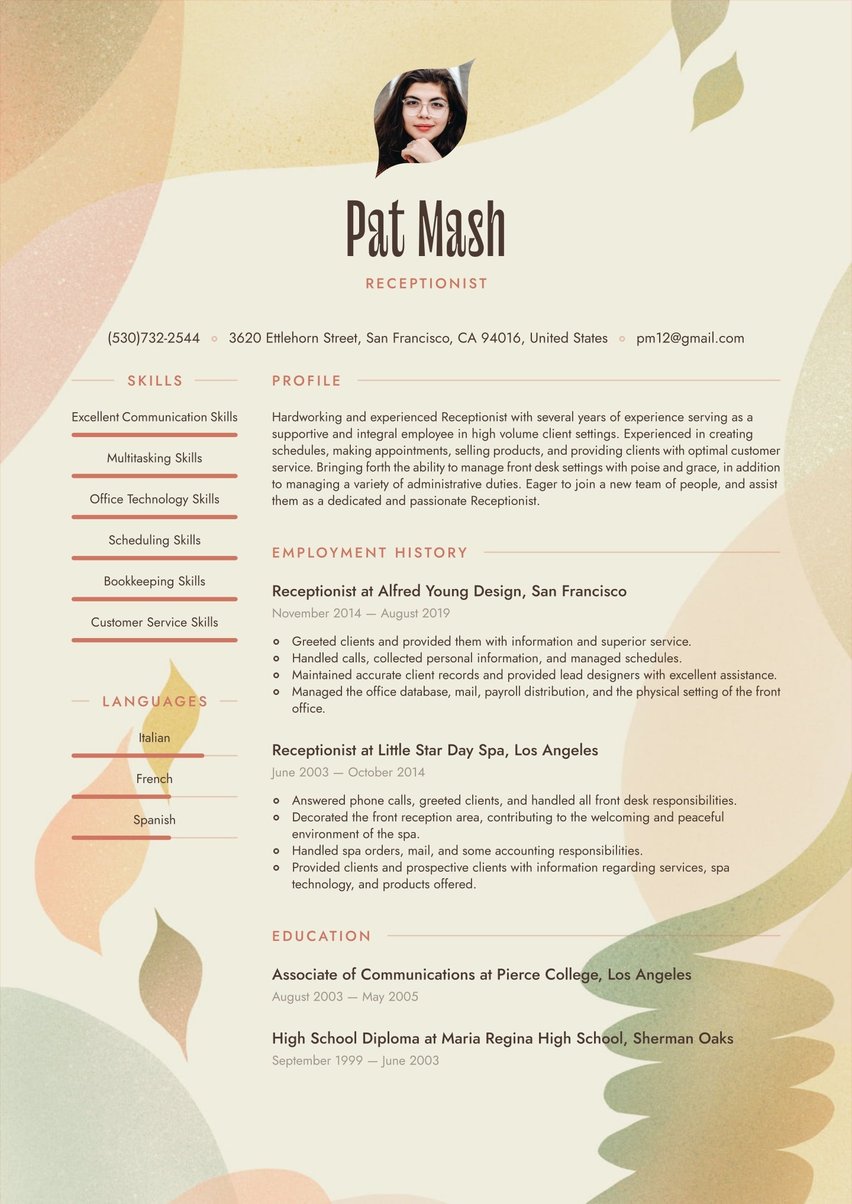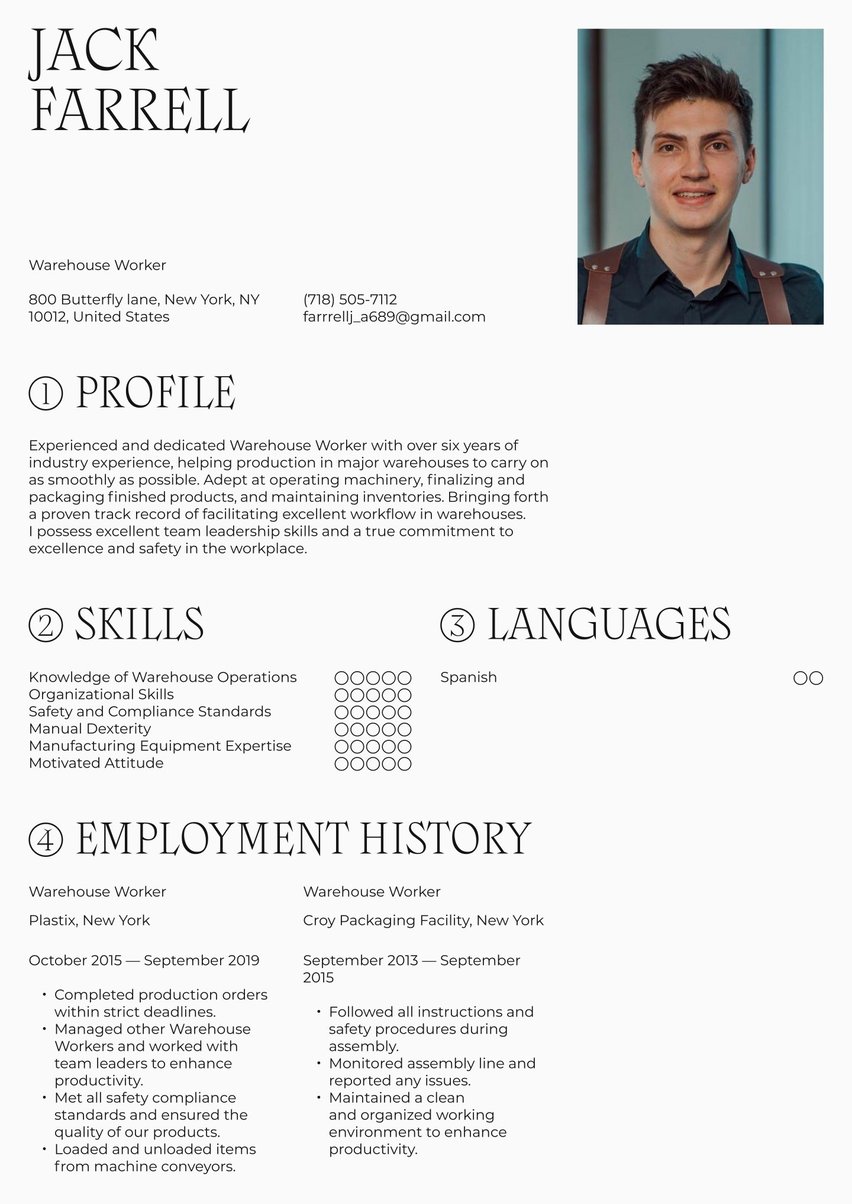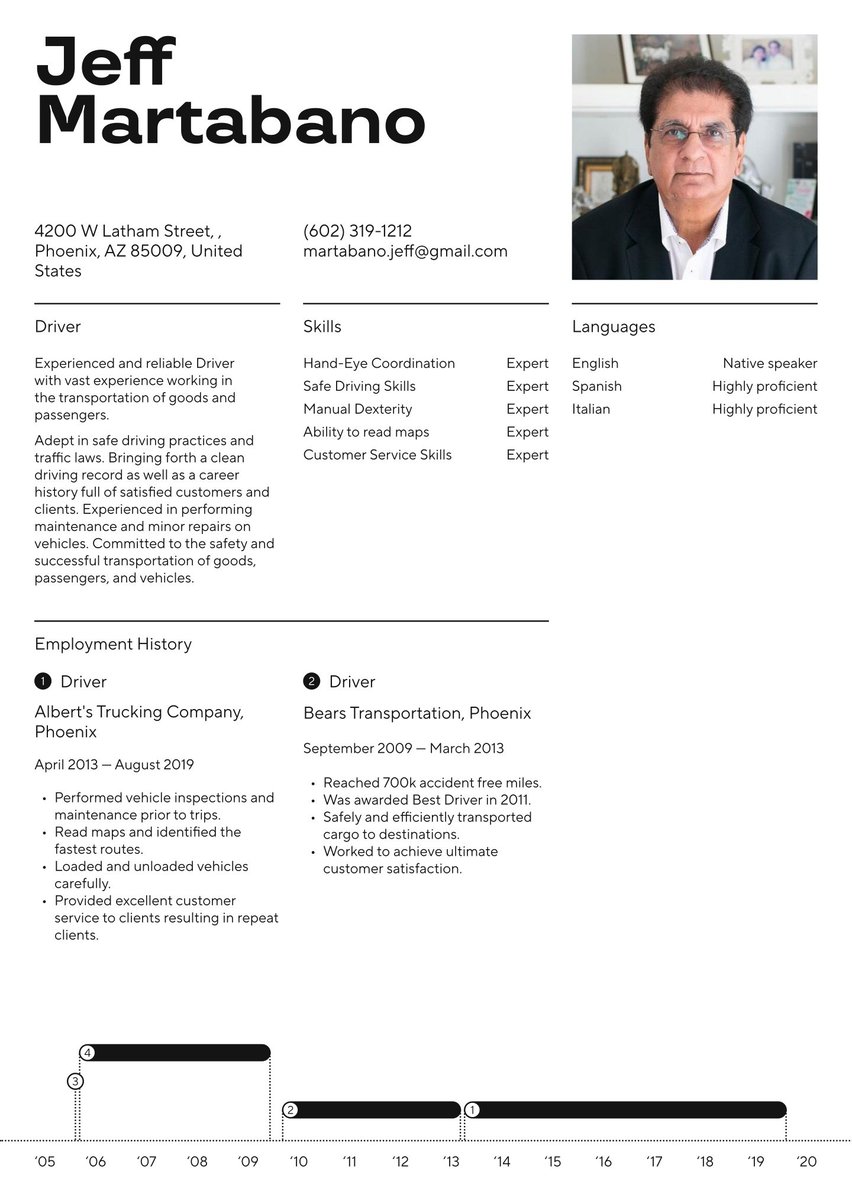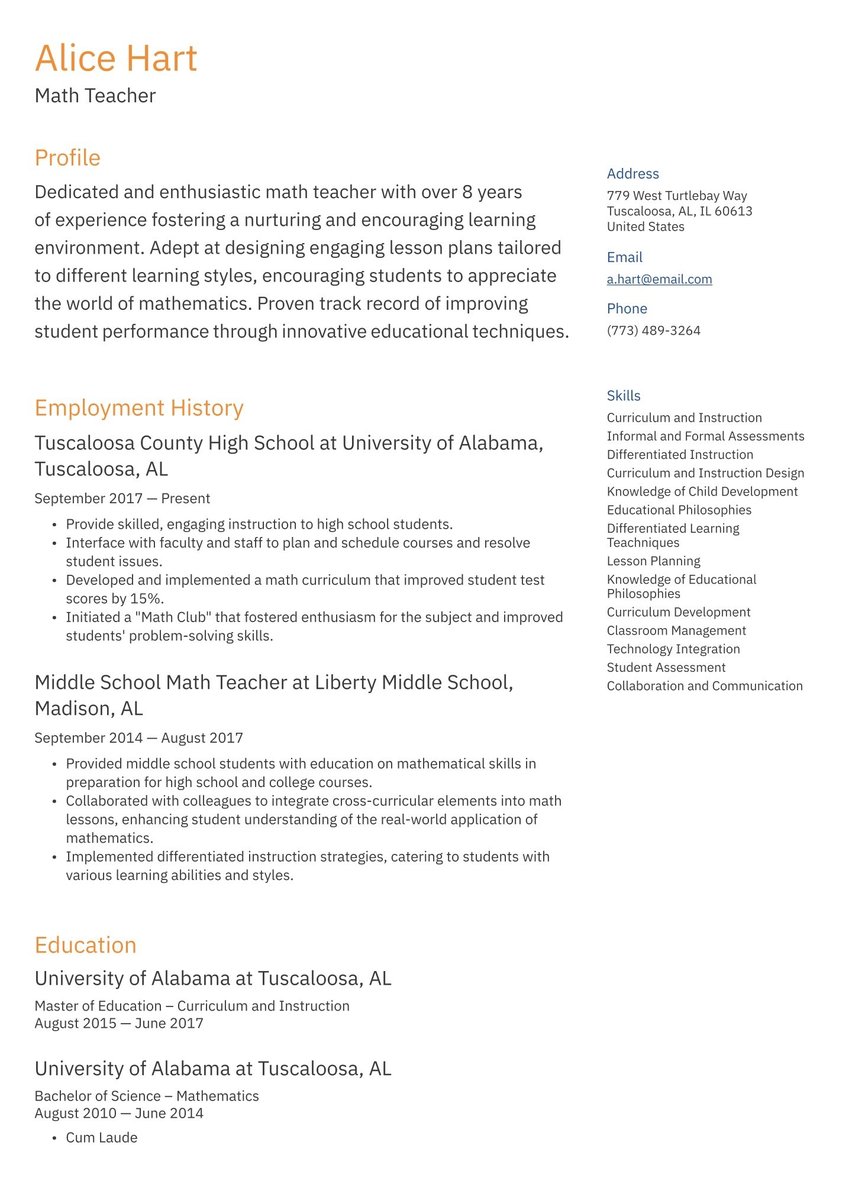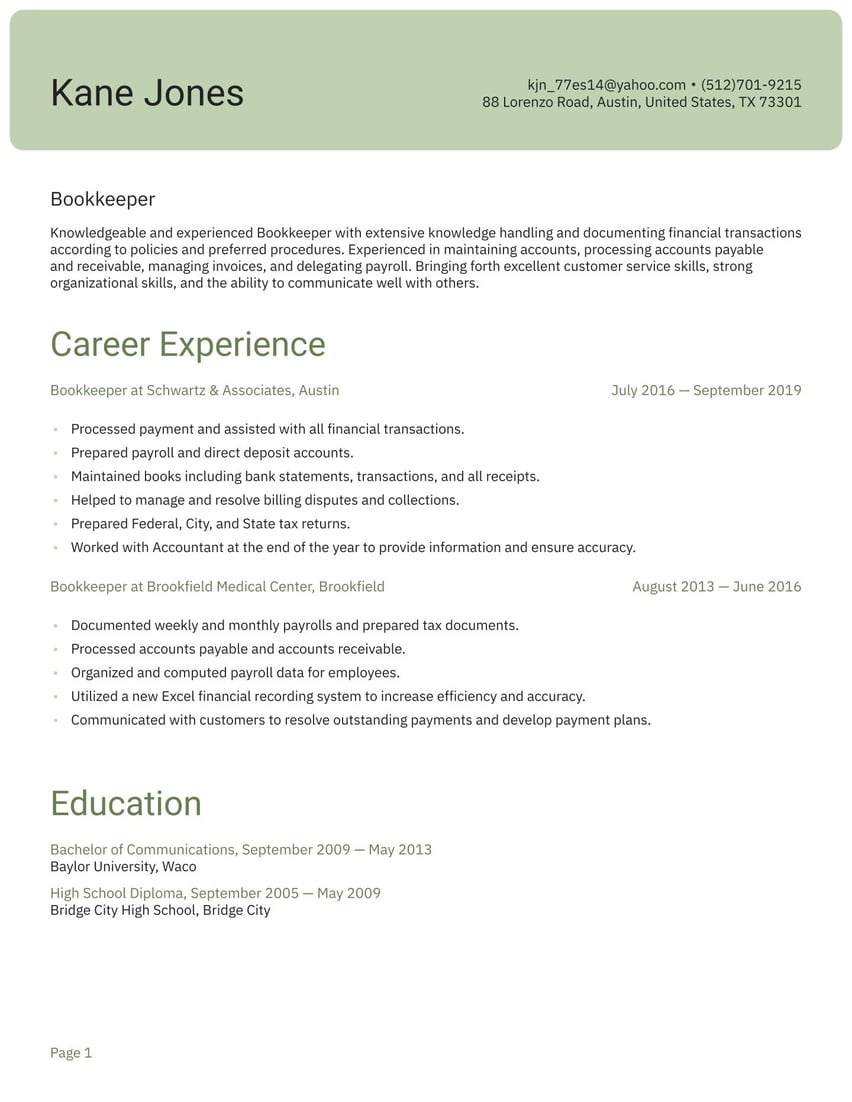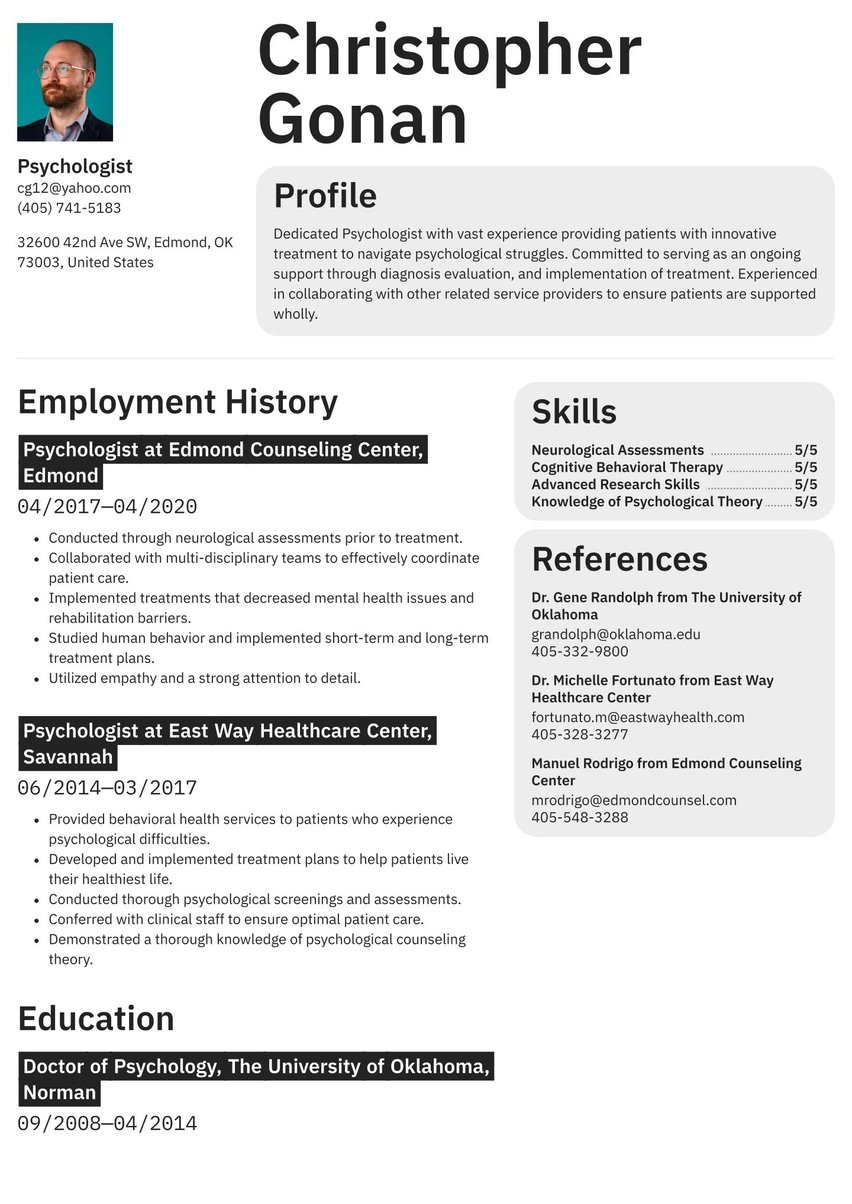Dedicated and student-centered educator with a Ph.D. in English Literature seeking an adjunct professor position at Loyola University Chicago to foster critical thinking, enhance writing skills, and inspire a love for literature in undergraduate students.
09/2018 - present, Adjunct Professor, DePaul University, Chicago
- Teach undergraduate courses in British Literature, Literary Theory, and Composition
- Develop and implement engaging curricula that promote active learning and critical thinking
- Provide individualized feedback and support to students to foster their academic success
09/2014 - 06/2016, Graduate Teaching Assistant, Northwestern University, Evanston
- Taught introductory courses in College Writing and British Literature under the supervision of senior faculty
- Designed and led interactive classroom activities and discussions to engage students in the learning process
- Graded assignments and provided constructive feedback to help students improve their writing and analytical skills
09/2012 - 06/2016, Doctor of Philosophy (Ph.D.) in English Literature, Northwestern University, Evanston
- Dissertation: "Exploring the Gothic: Transgression and Subversion in Victorian Literature"
08/2010 - 05/2012, Master of Arts (M.A.) in English Literature, University of Illinois at Chicago, Chicago
09/2006 - 05/2010, Bachelor of Arts (B.A.) in English, University of Wisconsin-Madison, Madison
- Curriculum development and instructional design
- Classroom management and student engagement
- Writing and research skills
- Proficiency in learning management systems (Blackboard
- Canvas)
- Strong interpersonal and communication skills
An adjunct professor resume is like the syllabus of your career. A powerful resume will help you reach your goal of getting in front of a college recruiter faster. A middling resume will leave you in the middle of the pack. Grab the attention of the hiring manager with an A+ resume that propels you to the head of the class.
Adjunct Professor resume examples by experience level
What’s the rubric for a stellar resume? Clarity, passion for your field, and an eye-catching design.
Without tenure, adjunct professors have to sell themselves to the school every semester. That means making a good impression from day one. Your resume, often called a CV in higher education, makes that first impression with the hiring manager.
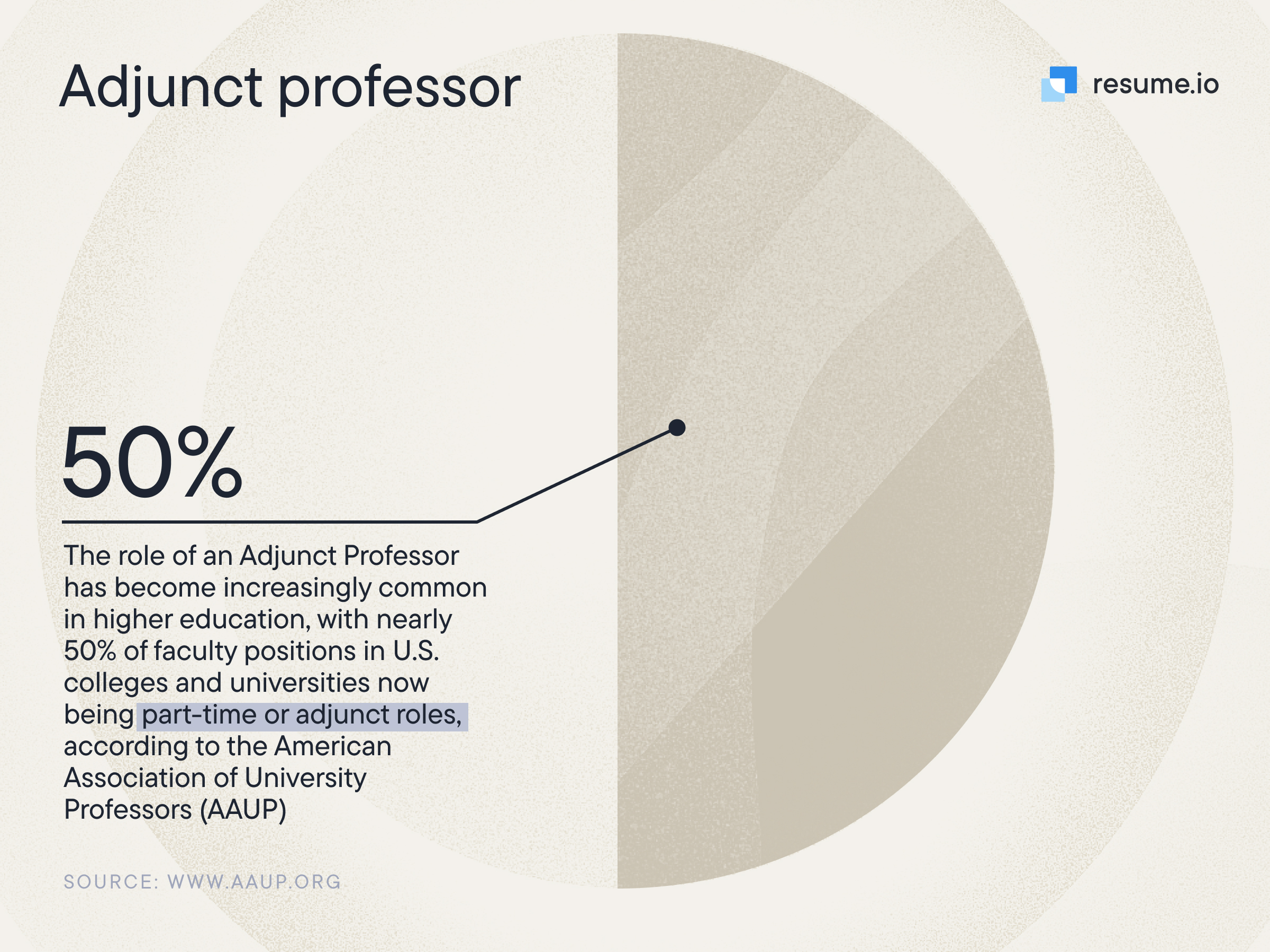
Resume guide for an adjunct professor resume
Great resumes garner results. Position yourself for success with Resume.io. We offer guides and resume examples for more than 500 professions, plus a resume builder that makes creating a dazzling resume as easy as ABC.
This resume guide along with the adjunct professor resume example will review the following:
- How to write an adjunct professor resume
- Choosing the right resume format for an adjunct professor
- How to add your contact information
- Using summaries
- Creating your adjunct professor job experience section
- Listing your all-important education and relevant experience
- Picking the right resume design/layout
- What the adjunct professor market looks like and what salary you can expect
How to write an adjunct professor resume
Outlines are crucial for academic writing. They are equally important for resume writing. Before you begin, take note of the sections to include:
- The resume header
- The resume summary (aka profile or personal statement)
- The employment history section
- The resume skills section
- The education section
A resume lays out your career in an engaging format that sells your teaching skills and collaborative nature to the dean and the department. To ensure you’re sending the right message, research the college, its philosophy, the department, student demographics, and its curriculum. Then, analyze your skills and attributes and showcase those that demonstrate that you are the right professor for the job. That’s your sales pitch.
To get the highest marks and earn that interview, follow this outline:
- Highlight achievements instead of listing tasks. You’ve taught classes before, but what innovative teaching methods did you use? How did you engage students or improve their knowledge of your field? That’s what the hiring manager wants to know.
- Target each position with a customized message. No two college environments are the same. The class that suited one student body may not be right for another. Choose your successes carefully.
- Choose a design that presents a professional image, but not one that makes the hiring manager think of stuffy, inflexible professors lecturing from on high.
- Take the ATS filtering software into account and use keywords and phrases that will help you evade that gatekeeper.
Optimize for the ATS
HR departments use Applicant Tracking Systems, or ATS, to help them sort through applications. They do this by searching for keywords and phrases pegged to the job. To increase your chances of reaching a human, incorporate these words into your resume.
For example, the pharmacy technology adjunct professor job listing calls for:
- “Licensed pharmacist or certified pharmacy technician.”
- “Bachelor’s degree or higher.”
- “Recent experience in pharmacy practice settings.”
An ATS-optimized summary with appropriate keywords may say:
“Licensed pharmacist with a doctoral degree and two years of experience teaching pharmacy students in a university setting. Pharmacy consultant for a major drugstore chain for 10 years. Continuing part-time consulting work for the same pharmacy chain.”
A resume template designed with the ATS in mind will also work to your benefit here.
Choosing the right resume format for an adjunct professor
An adjunct professor must be engaging and lively, yet authoritative—the same qualities to demonstrate in your resume.
The best format for most resumes is reverse chronological. In this format, the focus is on a steady progression in a career with one employer followed by the next. It places the focus on the employment history section, listed in reverse chronological order. Below is an example of this format.
However, an adjunct professor resume may be different. Adjuncts may work at more than one college at the same time, or pursue their main career and teach as a sideline. If your career has followed a less traditional path, you may consider an alternative format, such as functional or hybrid. Within these formats, you may shift the focus from a chronological career to skills or even two simultaneous career tracks.
When searching through the many resume templates in our resume builder for the one that speaks to you, take into account the format that meshes with your career. We’ve completed resume examples of all three formats.
The design of your adjunct professor resume depends partly on your area of expertise. Art teachers may lean toward a creative layout, while those in the hard sciences may choose a professional template.
Include your contact information
What data do you include at the top of your syllabus? Certainly, the ways the students can reach you. That information forms the basis for your header as well.
Design an aesthetically pleasing header, but above all easy to read and professional.
- Full name and title. List your first and last name. If you have a doctorate, you may use your title as well. Use the title of the role you are pursuing and the subject matter.
- Professional email address. Use a clean format like [email protected]. Don’t use the email address of your current employer unless they know you are looking for a new position.
- Phone number. List a number where you can be readily contacted, with a professional voicemail greeting.
- Location. List only your city and state. Don’t list street address or zip code. It’s both outdated and unsafe. Note 'Willing to Relocate' here if applicable.
- LinkedIn. If your LinkedIn profile is active, relevant, and shows your professional network, include it here.
- Publications. Include a link to a portfolio of your professional publications.
Don’t include:
- Date of birth: Not necessary and could potentially lead to age discrimination.
- Personal details: Marital status, social security number, passport number, etc.
Dr. Marius Dansby
Adjunct Professor, Organic Chemistry
dr.marius.dansby224gmail.com
(224) 938-4543
Des Plaines, IL
www.linkedin.com/mdansby-chemist
Dr. Marius Dansby
Chemistry Researcher
(224) 938-4543
Des Plaines, IL
www.linkedin.com/mdansby-chemist
Make use of a summary
The summary of an adjunct professor resume is like the abstract of an academic paper. It is a fully contained overview of the material to come. But more than that, it is a pitch to intrigue the reader so they want to learn more.
The 2-3 sentence summary, which typically sits at the top of your resume, introduces your career and lets the hiring manager know why your teaching style and knowledge are the best fit for the position. A summary highlighting your teaching and professional achievements in your field focuses the hiring manager on the value you will add to the faculty.
Keep the narrative flowing with strong verbs such as mentored, researched, created, developed, and initiated followed by the results of your actions.
Like an abstract, the summary is not a reiteration of the rest of your document, but a distillation of your message. It presents the qualities and knowledge that make you an excellent adjunct professor—and a worthy hire. For example, “Professional photographer with MFA developed entire photo certificate curriculum for community college and taught multiple courses.”
What image do you want to project? The summary is your chance to accentuate the traits and skills you want the hiring manager to see. Do you want to be seen as a researcher first and a teacher second? As a mentor to students who want to major in your field? As an innovative curriculum developer? Use your summary to highlight these talents.
Need inspiration for your summary? Check out our related resumes:
You can find adaptable adjunct professor resume examples summary below:
Adjunct professor with 15 years of electrical engineering experience with passion for sharing knowledge and encouraging new engineers. Committed to mentoring and encouraging student success through attentive teaching and individualized attention. Dedicated to collaboration with colleagues to ensure student success.
Outline your adjunct professor work experience: make the grade
If you are an academic who has had a linear career path, begin with your most recent teaching position and work your way back about 10-15 years. All teaching experience is relevant, but only list other positions if they are in the field in which you wish to teach.
For those who work in the profession that they teach, consider creating one “Teaching History” section and one “[Your profession] Work History” to show that you are a working professional as well as a teacher of the subject.
Add a separate work history section
For those who work in the profession that they teach, consider creating one “Teaching History” section and one “[Your profession] Work History” to show that you are a working professional as well as a teacher of the subject.
Highlight all you have accomplished in each job instead of listing your responsibilities. Excellent job descriptions are evidence of your excellence. Do the following fit the bill?
- “Taught two algebra classes.”
- “Conducted group tutoring sessions with students.”
- “Worked with math department to review textbook options.”
These task-oriented items fall flat. They read like a basic job description. Students gravitate toward educators who inspire or engage them so if your adjunct professor resume descriptions can’t manage that, you’re unlikely to move on in the application process.
Instead, tell the hiring manager the results you achieved in each position that you held. Add as much detail or data to quantify your successes as you can. Consider how you contributed to the department or the college as a whole. Include student survey data if it supports your candidacy.
Check out these rewritten items:
- “Introduced alternative algebra teaching method, reducing student failures by 40%.”
- “Conducted accelerated small group tutoring for advanced students and review sessions for struggling students, increasing engagement overall and receiving a 95% approval rating in end-of-semester survey.”
- “Thoroughly researched textbook market and recommended highly rated and innovative series of mathematics textbooks adopted by department.”
Take a look at the adjunct professor employment history resume sample below:
Adjunct Professor at DePaul University, Chicago
September 2018 - Present
- Teach undergraduate courses in British Literature, Literary Theory, and Composition
- Develop and implement engaging curricula that promote active learning and critical thinking
- Provide individualized feedback and support to students to foster their academic success
Graduate Teaching Assistant at Northwestern University, Evanston
September 2014 - June 2016
- Taught introductory courses in College Writing and British Literature under the supervision of senior faculty
- Designed and led interactive classroom activities and discussions to engage students in the learning process
- Graded assignments and provided constructive feedback to help students improve their writing and analytical skills
How to write an adjunct professor resume with no experience
For recent graduates writing an adjunct professor resume with no experience, highlight your academic knowledge and any transferable skills you used in part-time or summer jobs during your schooling.
Teaching requires interpersonal skills you can demonstrate through almost any job. For instance, if you worked as a barista or as a receptionist, you have organizational, customer service, and communication skills. Those soft skills, combined with your deep expertise in your field, form a strong foundation for your first adjunct professor position, even if you have no direct experience in front of a class.
A teaching assistant position during studies for your advanced degree can be seen as direct experience.
For professionals looking to move into teaching, consider a format that expands your skills section and makes clear all the knowledge you have gained in your field that will make you a valuable addition to the department and a source of wisdom for students.
Include the relevant key skills that make you a great adjunct professor
Recruiters look to the skills list for a comprehensive overview of your expertise. An impressive adjunct professor resume shows both your academic knowledge and your ease with people through a blend of hard and soft skills.
At the college level, teaching skills are not enough. Position yourself as an expert by listing hard skills such as proficiency in any laws and regulations in your field, first-hand experience practicing, technological savvy, as well as teaching skills such as curriculum development, data analysis and assessment.
Interpersonal or soft skills like communication skills, understanding of diverse cultures and learning styles, and patience will also give your candidacy a boost.
Within the resume builder you will find pre-written key skills with the opportunity to set a proficiency range. You are not limited to these, however, and may write in any skills you choose.
Here’s what the skills box looks like in our adjunct professor resume template.
Key Skills and Proficiencies
While a skills box presents an overview of your talents, your resume provides a forum for expanding upon the list. Throughout your resume, incorporate examples that show how you use your skills and the results you achieved.
In your work history and summary, demonstrate your
- Curriculum development by describing a successful lesson and how students responded to it
- Collaboration by describing a research project you completed with others in your field
- Cultural competence by listing diversity training you have completed
The job description will provide you with the details of what the hiring manager seeks. Highlight these skills above others.
Detail your education & relevant adjunct professor certifications
Professors are experts in there field and need to demonstrate that partly through their education. Most have advanced degrees. The education section is typically a simple listing of these college degrees.
In the case of an adjunct professor, you may want to expand this section to include all your academic credentials. For example:
- Training and certifications. All teacher training or training and certifications in your field of expertise demonstrate your excellence as a candidate
- Student teaching, teaching assistantships or internships in your field. All learning you have completed with the supervision of a senior professor adds value.
- Professional development. Memberships in professional educational organizations or in your field or presentations to other professionals enhance your credibility as an expert.
- Publications. Publish or perish. Academics think highly of those who publish papers in journals or other media.
Create special sections
If you have more than 2-3 academic publications, a “Publications” section will help highlight your research expertise and standing in your field. Likewise, if you are frequently a speaker at professional conferences, create a Professional Development section to draw attention to your expertise.
Doctor of Philosophy (Ph.D.) in English Literature, Northwestern University, Evanston
September 2012 - June 2016
- Dissertation: "Exploring the Gothic: Transgression and Subversion in Victorian Literature"
Master of Arts (M.A.) in English Literature, University of Illinois at Chicago, Chicago
August 2010 - May 2012
Bachelor of Arts (B.A.) in English, University of Wisconsin-Madison, Madison
September 2006 - May 2010
Pick the right resume layout and design for an adjunct professor resume
When you step up to the podium, what image do you project: Approachable confidence? Authoritative ease? Collaborative nature? Competent organization?
In your adjunct professor resume, you are presenting yourself to the hiring committee. Carefully consider the design and layout. Aim for professional, organized, and legible but not boring. Make it eye-catching so the committee holds your image in mind after they’ve moved on to the next resume.
Maintain margins of at least half an inch all around and use a font of at least 10.5 points to give your resume an airy and easy-to-read feel. Limit the use of color, but if you do choose to accent a section or your section titles, choose a muted tone that does not interfere with the text.
A dynamic adjunct professor takes time to perfect, but our field-tested resume templates free you from the mundane tasks of formatting and structuring your document so your resume is ready to go for next semester.
Adjunct professor text-only resume example
Profile
Dedicated and student-centered educator with a Ph.D. in English Literature seeking an adjunct professor position at Loyola University Chicago to foster critical thinking, enhance writing skills, and inspire a love for literature in undergraduate students.
Employment history
Adjunct Professor at DePaul University, Chicago
September 2018 - Present
- Teach undergraduate courses in British Literature, Literary Theory, and Composition
- Develop and implement engaging curricula that promote active learning and critical thinking
- Provide individualized feedback and support to students to foster their academic success
Graduate Teaching Assistant at Northwestern University, Evanston
September 2014 - June 2016
- Taught introductory courses in College Writing and British Literature under the supervision of senior faculty
- Designed and led interactive classroom activities and discussions to engage students in the learning process
- Graded assignments and provided constructive feedback to help students improve their writing and analytical skills
Skills
- Curriculum development and instructional design
- Classroom management and student engagement
- Writing and research skills
- Proficiency in learning management systems (Blackboard, Canvas)
- Strong interpersonal and communication skills
Education
Doctor of Philosophy (Ph.D.) in English Literature, Northwestern University, Evanston
September 2012 - June 2016
- Dissertation: "Exploring the Gothic: Transgression and Subversion in Victorian Literature"
Master of Arts (M.A.) in English Literature, University of Illinois at Chicago, Chicago
August 2010 - May 2012
Bachelor of Arts (B.A.) in English, University of Wisconsin-Madison, Madison
September 2006 - May 2010
Adjunct professor job market and outlook
The news coming from academia is not great. While colleges and universities increasingly turn to adjuncts instead of filling tenure-track professor positions, a glut of graduates with doctoral degrees means tough competition for low-paying jobs. STEM tracks, however, do fare better than those in the liberal arts.
- Adjuncts make up about 70 percent of U.S. college faculty and teach more than 50% of courses.
- About 15 percent of adjuncts report that they are contracted to teach fewer classes in 2024 than in 2023.
- Almost none of the adjunct professors in community colleges are eligible for medical benefits.
What type of salary you can expect as an adjunct professor
Part-time adjunct professors may be paid as little as $2,000 or as much as $7,000 per course, with an average of $3,500. They have no guarantee on the number of classes they will teach per semester. Community colleges may offer an even lower starting rate of $1,500 per three-credit course.
Key takeaways for building an adjunct professor resume
Earning a living as an adjunct professor may require cobbling together positions with more than one employer. That makes a compelling and targeted resume a must. Demonstrate expert knowledge in your field as well as excellent teaching skills through pointed, results-driven examples of your achievements.
Speed the application process with our online resume builder and get your resume out there without stress.




.jpg)
